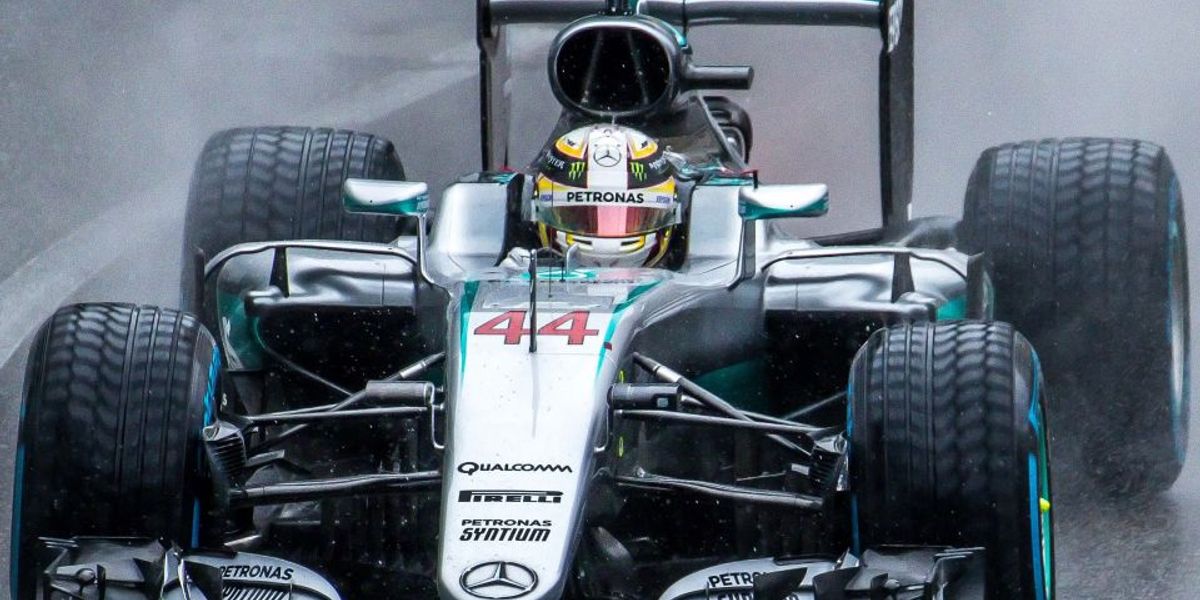Technical
HEAT CYCLING EXPLAINED
Let's look at what a heat cycle is, and what it does to the tire. We will concentrate on the tread compound, but there are similar benefits for the other compounds in the tire that actually hold everything together. To understand what happens in a heat cycle, let's talk about the molecules that make up the compound. For those of you who don't remember your high school chemistry classes, the molecules that make up polymers are long chains of atoms. To kind of visualize this, think of a bunch of rubber bands. Imagine that they have all been cut with a pair of scissors so that they are not closed loops anymore. Now throw a bunch of them into a box and shake it up. Those represent the polymer molecules.
In addition to being highly intermingled, these molecules are connected, (or attracted), to each other by a variety of chemical networks. For simplicity, we will refer to all of these networks as chemical bonds. These bonds, (or attractions), are what we are concerned with here. During the manufacturing process, these bonds form in a more or less disorganized way. Some of the bonds are very short and strong. Some of them are very long and weak. The rest of them vary between the two.
Now, when you take that tire and run it, things start to happen. The molecules get stretched and compressed. This first causes the weaker bonds that connect these molecules to break. When the bonds break, heat is generated. As the heat builds and the flexing continues, more bonds break, more heat is generated, stronger bonds break, more heat is generated, and so on… Remember that these bonds are what connect the molecules to each other. They give the compound its strength. When this strength is reduced, the compound can't grip the road surface as well. It rubs off instead of holding together. The result is less grip, more slip on the road surface, more heat generated, and more tread wear. You can see that it can become a self perpetuating kind of thing. How fast this all occurs determines how fast the tires “Go Off”.
So then, what happens in a heat cycle that can improve this pretty bleak situation? Well, actually, the situation described above is the first step in the heat cycle process. You want to break all of those “uneven” bonds. Because what happens next is where the real magic of alchemy comes into play. After these bonds have broken, and this heat has been generated, and the tires are finally allowed to be set aside and relax
the bonds tend to REFORM! But now they reform in a much more uniform manner! This means that they are more consistent in strength. Therefore, the compound becomes more resistant to losing its strength the next time the tires are run. That doesn't mean that you can't make the tires give up anymore. If you exceed the limits of the compound, (both mechanical and thermal), the bonds will still break. But they will be more resistant to it because they are working together now as equals (in parallel), instead of individually (in series). And, given the time to relax again, they will reform again in the same uniform manner.Here is the most important thing to learn, and remember about this process. These bonds MUST be given ENOUGH TIME to do their magical reformation.
To successfully “heat cycle” competition tyres you need a special type of system, as the majority of devices can only heat the surface, hoping that by pure conduction this heat will be absorbed deeper into the tyre. The problem with this, is that if you over heat the surface you will damage its future ability - likewise if the rest of the tyre is under-heated the ability will be effected……to obtain the optimum results the tyre must be evenly heated to a pre-determined level.
Our unique IR Black Frequency concept is a non-contact controlled form of heating which relies on the surface (in this case the tyre) being receptive to our form of IR. The “useful” emitted spectrum we use ranges from 0.7 - 6.0 microns with the majority of the energy being in the 2-4micron ranges. This matches perfectly with the absorption characteristics of rubber. As the tyre absorbs the IR it causes the molecules to oscillate and rotate which generates the heat.

The patented Black Frequency tm carbon strip is housed in a high quality quartz tube, which has been tested for shock and vibration frequency up to F1 standards by MIRA. Operating temperature of the strip is up to 1300oc, which because of the pure gold reflective backing directs the majority of this heat into the tyre.
What is important to point out is that our IR is purely “heat energy” much like the heat energy you feel from an open fire or a bonfire. It is non-ionising energy unlike microwave, UV X-rays etc and therefore is safe to use. The big difference is that our emitter is a strip of carbon instead of the normal spiral of thin steel normally found in IR units.

